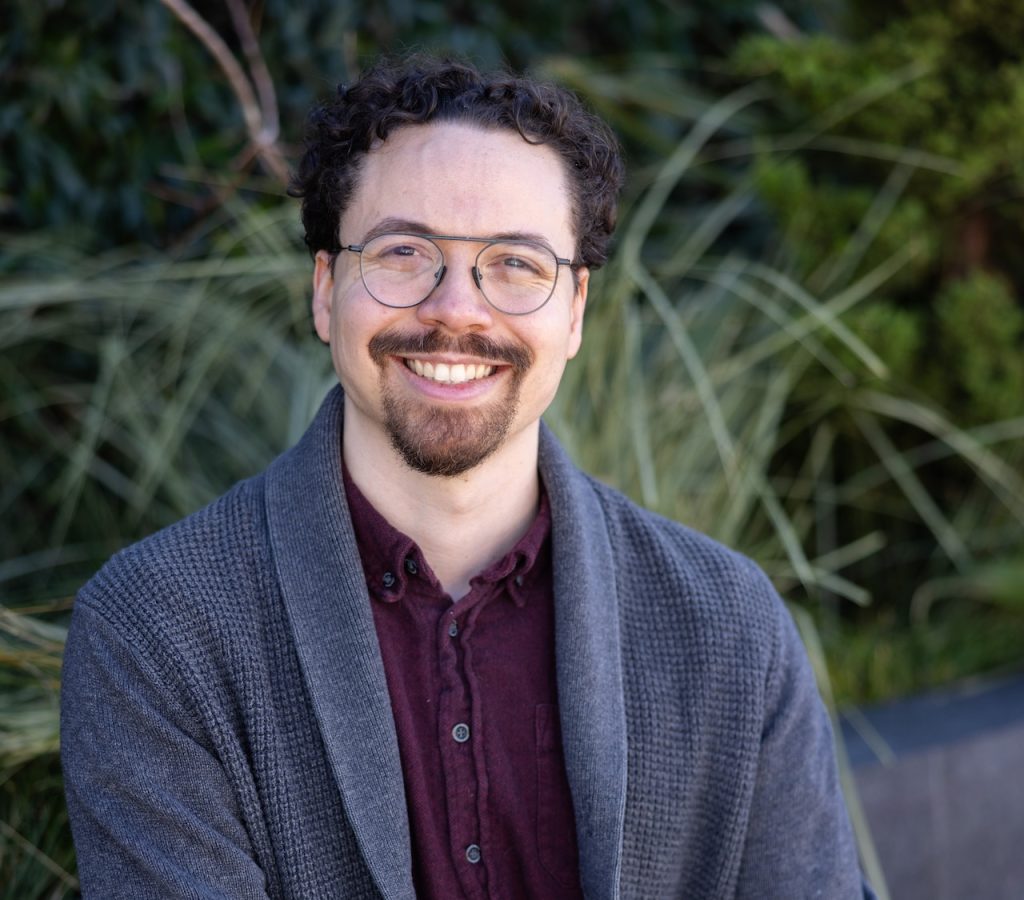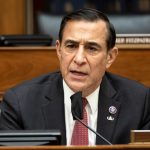CLEVELAND, Ohio – If it’s true that the best relationships develop unexpectedly, composer Tyler Taylor has a bright future with the Cleveland Orchestra.
That’s because Taylor never sought or even applied to be the group’s new Lewis Composer Fellow, beginning this season. He was simply selected for the honor, hand-picked from a world of worthy candidates by music director Franz Welser-Möst.
When his inbox lit up with an email from the Cleveland Orchestra — a group whose recordings were formative to his love of music — “I thought it was a scam,” Taylor said, noting that as a composer, “You’re very vulnerable. You get rejected all the time. For this to just happen, in the opposite direction, it was hard to believe.”
The orchestra’s interest in Taylor isn’t hard to fathom. His credentials are impeccable, and his list of premieres and awards would be the envy of many a young composer. He holds degrees from Indiana University and the Eastman School of Music and recently won the Emerging Black Composers Project prize from the San Francisco Symphony.
But what may have sealed the deal is Taylor’s work with young artists.
In his native Louisville, Taylor presided for a time over the Louisville Orchestra’s Creator Corps, which fosters new music, and he still directs the group’s Young Composer Program, which to date has resulted in more than 60 premieres. He’s now planning to launch a similar initiative with the Cleveland Orchestra Youth Orchestra.
“It’s something I enjoy doing, and I have a bit of a track record,” Taylor said humbly.
None of that would matter much, of course, if Taylor weren’t also a serious composer — if he didn’t have a solid track record of writing for orchestra. But he’s a shoo-in on that front, too, the author of several works Cleveland might perform and a safe bet to produce another during his tenure.
Indeed, one of his pieces is already up for performance. On an program with Mozart’s Piano Concerto No. 23 (with pianist Garrick Ohlsson) and Schumann’s “Rhenish” Symphony No. 3 at Severance Music Center on Oct. 30 and Nov 1-2, the orchestra will introduce Taylor to Cleveland with “Permissions,” the work he considers his finest. Make that two pieces: His nonet “Just Dreams” is slated for pre-concert presentations.
“We are thrilled to have [Taylor] join us,” said Ilya Gidalevich, the orchestra’s vice president of artistic planning. “We were immediately drawn to his unique musical voice and are looking forward to bringing his work to Cleveland.”
Think of “Permissions” – Taylor’s 2020 dissertation for Indiana – as his artistic manifesto. In this one-movement work for orchestra, Taylor explores at scale his interest in the “sociopolitical” elements of music, in the quiet but firm traditions of large ensembles and the drama that can be derived from tinkering with them.
Instead of the strings – the “most entrusted, sacred” section of the orchestra, Taylor said – “Permissions” gives the lion’s share of the music to small chamber groups scattered across the ensemble, setting up intriguing combinations and upending structural balances listeners expect. It gives instruments that don’t often stand out “permission” to make themselves heard over the typically dominant force.
“They [the strings] take a back seat to those chamber groups,” Taylor explained. “All of a sudden, the sound is coming from the corners, and the distance between those corners can be pretty large. It opens up the way the musicians have to communicate. I think it’s a really dramatic piece.”
Taylor’s interest in orchestral hierarchy isn’t merely academic. It’s personal. A trained horn player who still performs and teaches, he’s long had a front-row seat to the inner workings of large ensembles and the amazing music that’s been written for them.
The sound worlds of Mahler and Strauss are “deeply a part of me, something I love,” Taylor said, while the very notion of an orchestra — “a community of people with a certain goal” — is to him full of symbolism waiting to be investigated.
The horn section, in particular, exists in his mind as a “pillar of harmony” and has fostered a “deep craving” for blended sound. Meanwhile, the claim he sometimes encounters that orchestral music is tapped-out, its potential fully explored, is “naïve,” he said, the result of “a lack of imagination.”
Whether and how Taylor further explores these lines of reasoning remains to be seen. About the work he’s been commissioned to write for the Cleveland Orchestra next season, “I don’t have a single clue,” Taylor said. All he knows is that, should he indeed end up with the full orchestra at his disposal, as initially promised, “I’m going to take them up on that offer,” he said.
That, of course, would be Taylor’s second major offer from the Cleveland Orchestra, the second potentially career-changing opportunity to appear on his horizon.
It’s a shot – to quote “Hamilton” – he’s not planning to throw away. Just as he readily accepted the invitation to be Cleveland’s Young Composer Fellow through 2028, Taylor intends to make the most of the “surreal” chance he has to write for one of the greatest orchestras in the world.
“For Franz to have found my music and forwarded me up the chain, it makes me feel I’m doing something right,” Taylor said. “It feels like I’m in the right place, like I’m being taken care of artistically. This orchestra is going to be able to play anything I put in front of them.”
IF YOU GO
What: Franz Welser-Möst conducts Taylor, Schumann, and Mozart
When: 7:30 Thursday and Saturday, Oct.30 and Nov. 1; and 3 p.m. Sunday, Nov. 2.
Where: Severance Music Center, 11001 Euclid Ave., Cleveland.
Tickets: $35-$185. Go to clevelandorchestra.com or call 216-231-1111.
If you purchase a product or register for an account through a link on our site, we may receive compensation. By using this site, you consent to our User Agreement and agree that your clicks, interactions, and personal information may be collected, recorded, and/or stored by us and social media and other third-party partners in accordance with our Privacy Policy.










